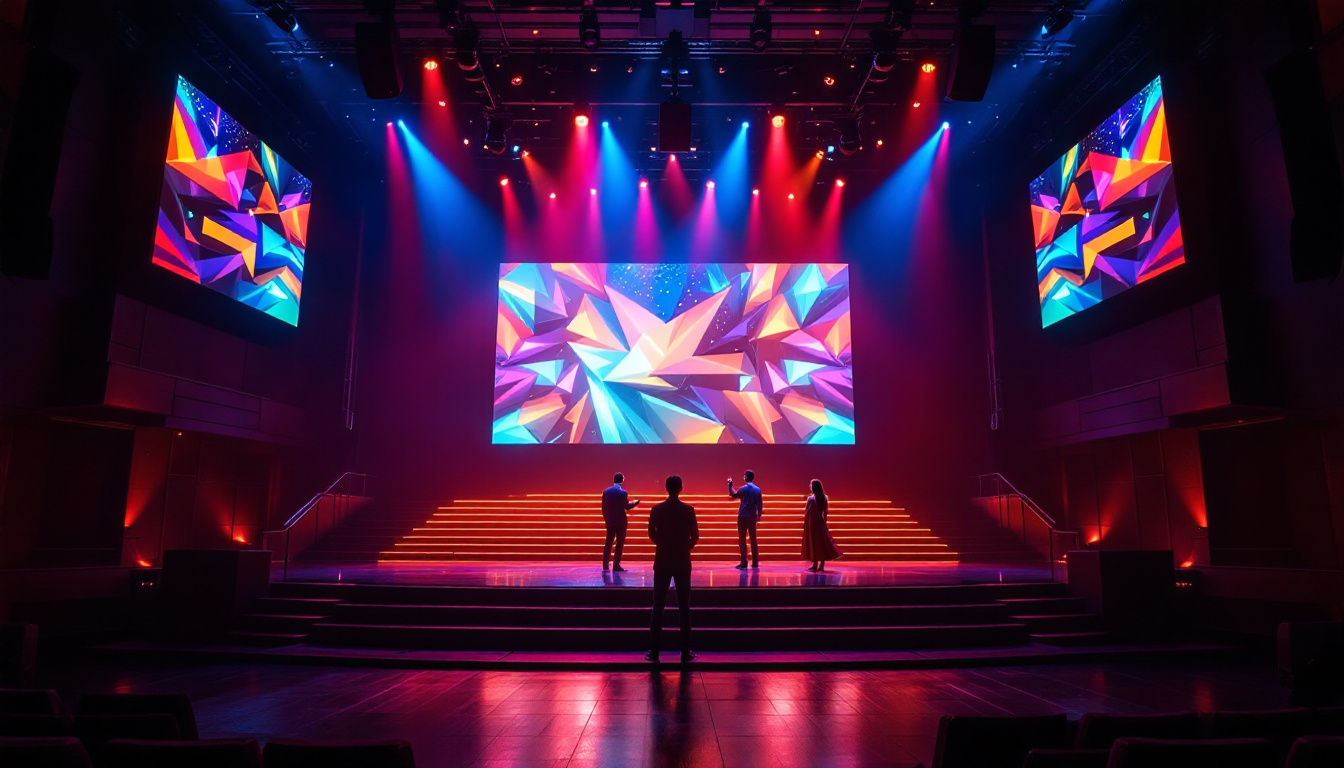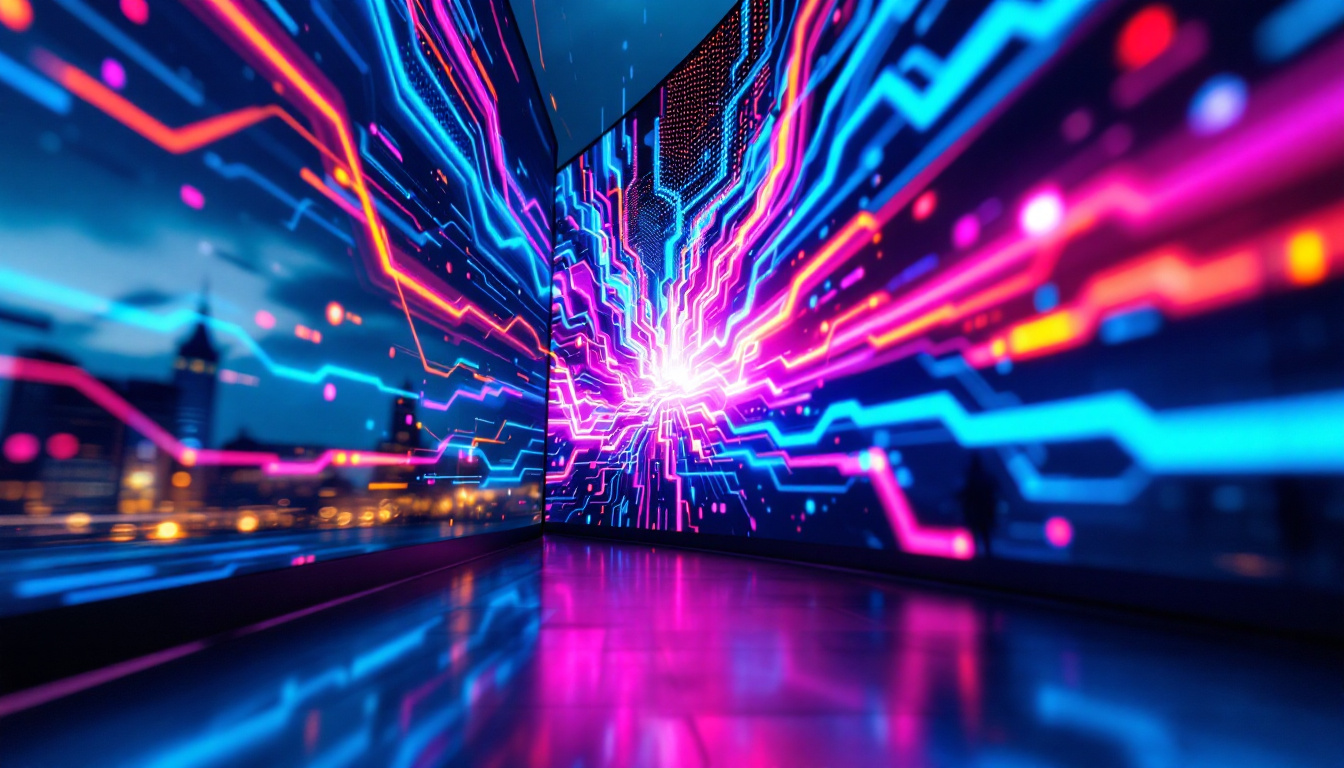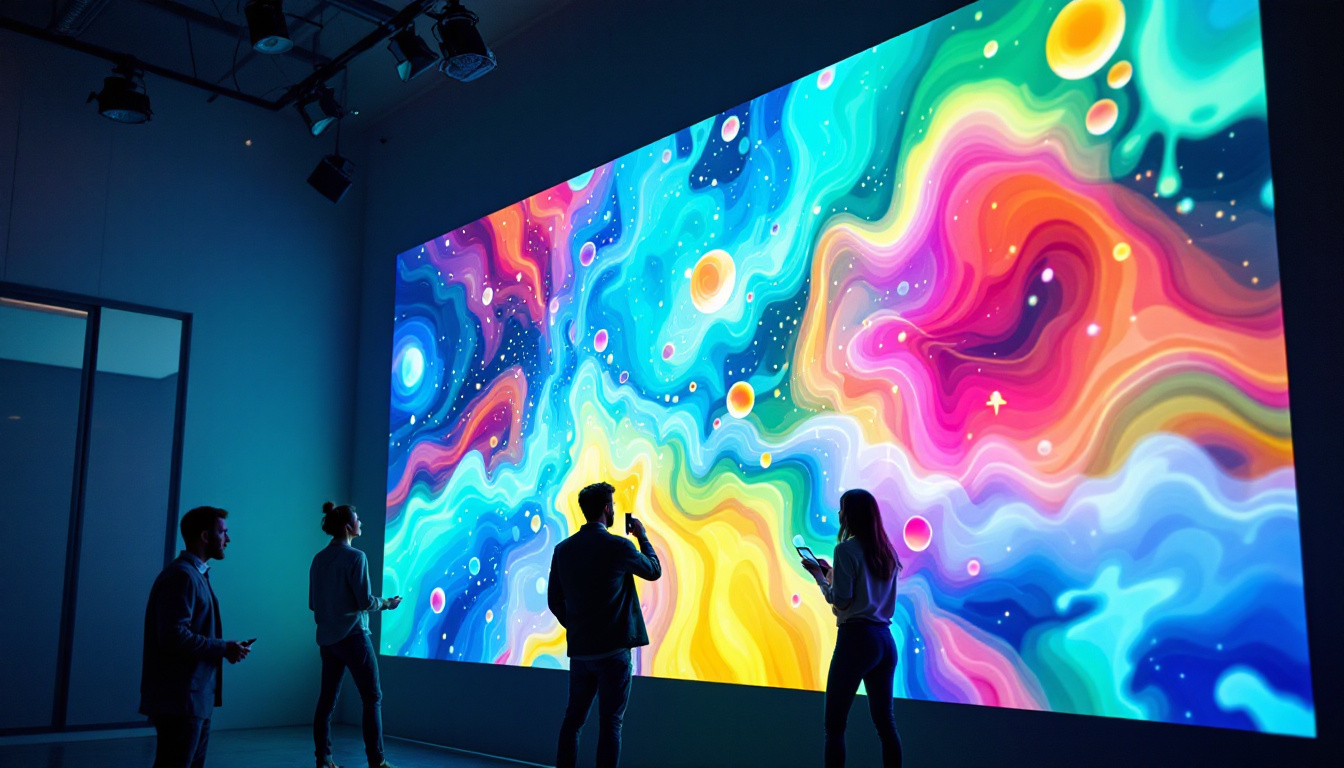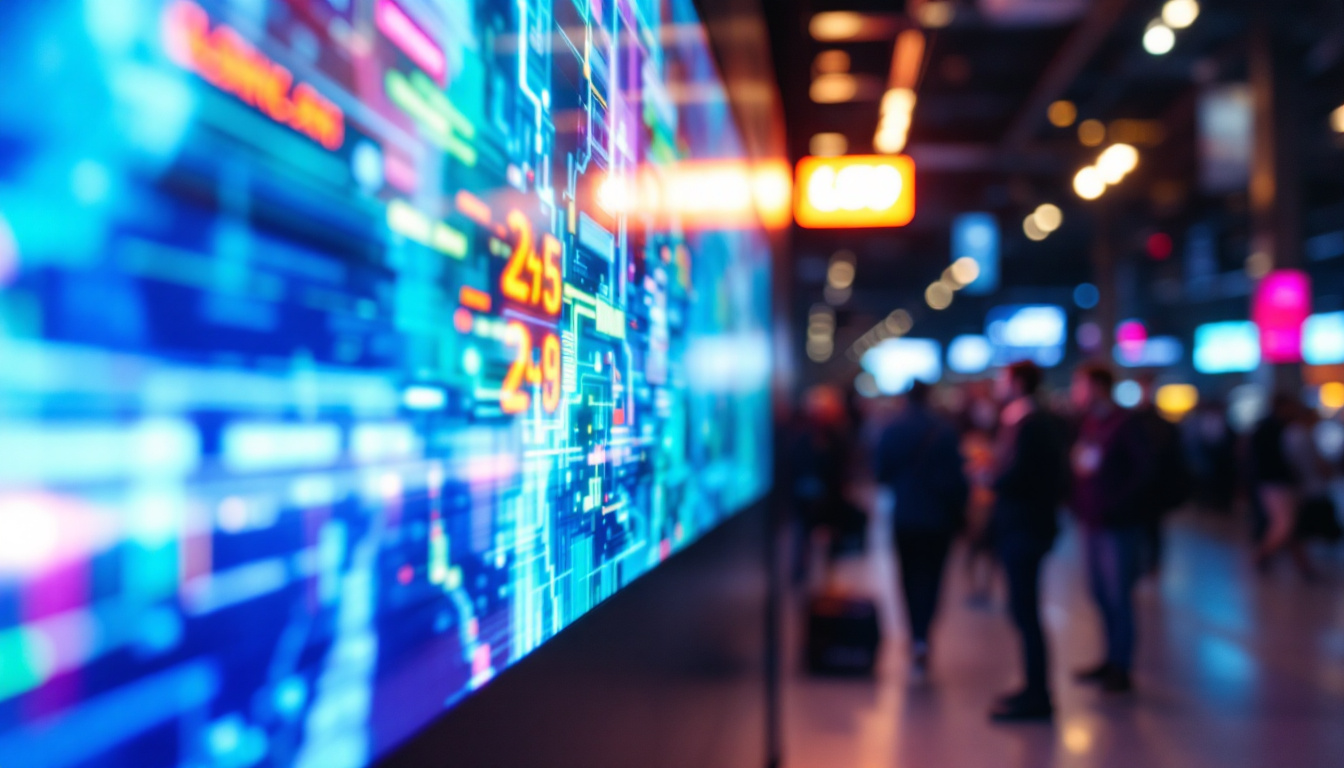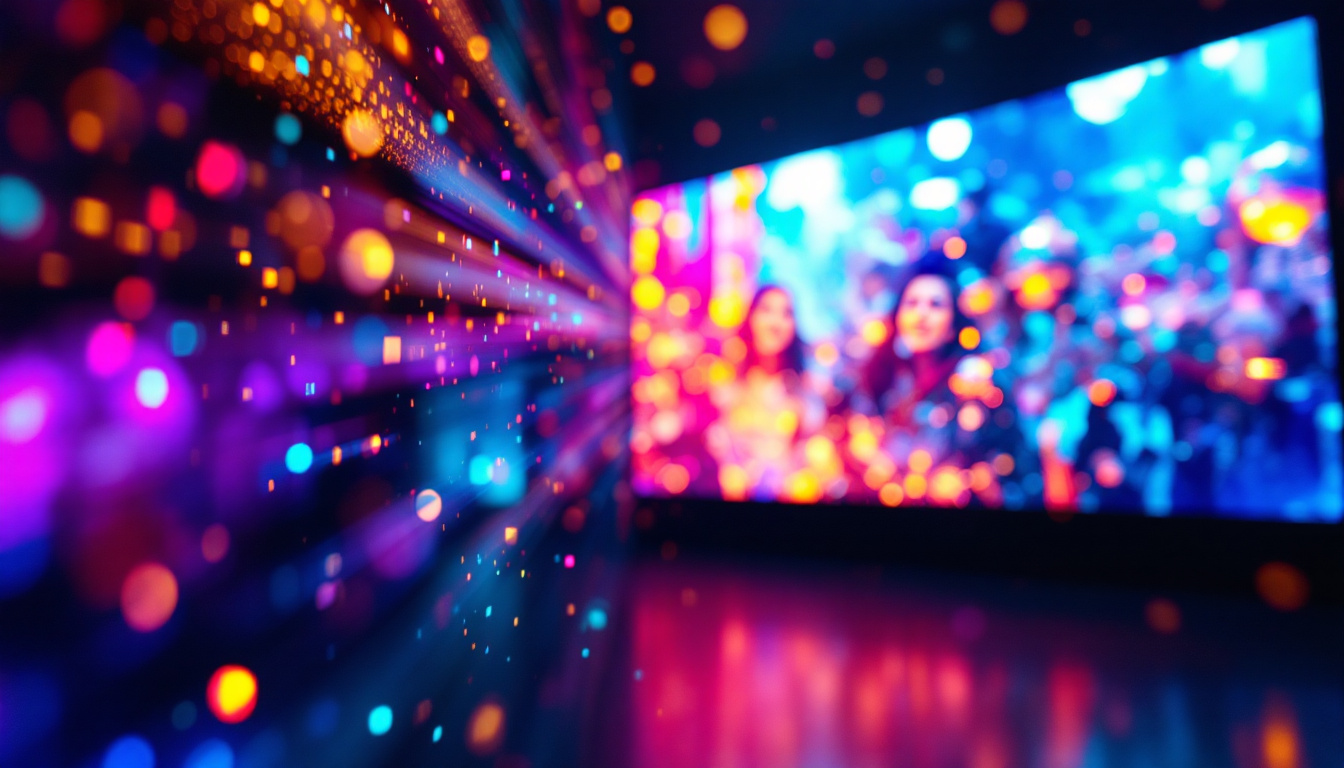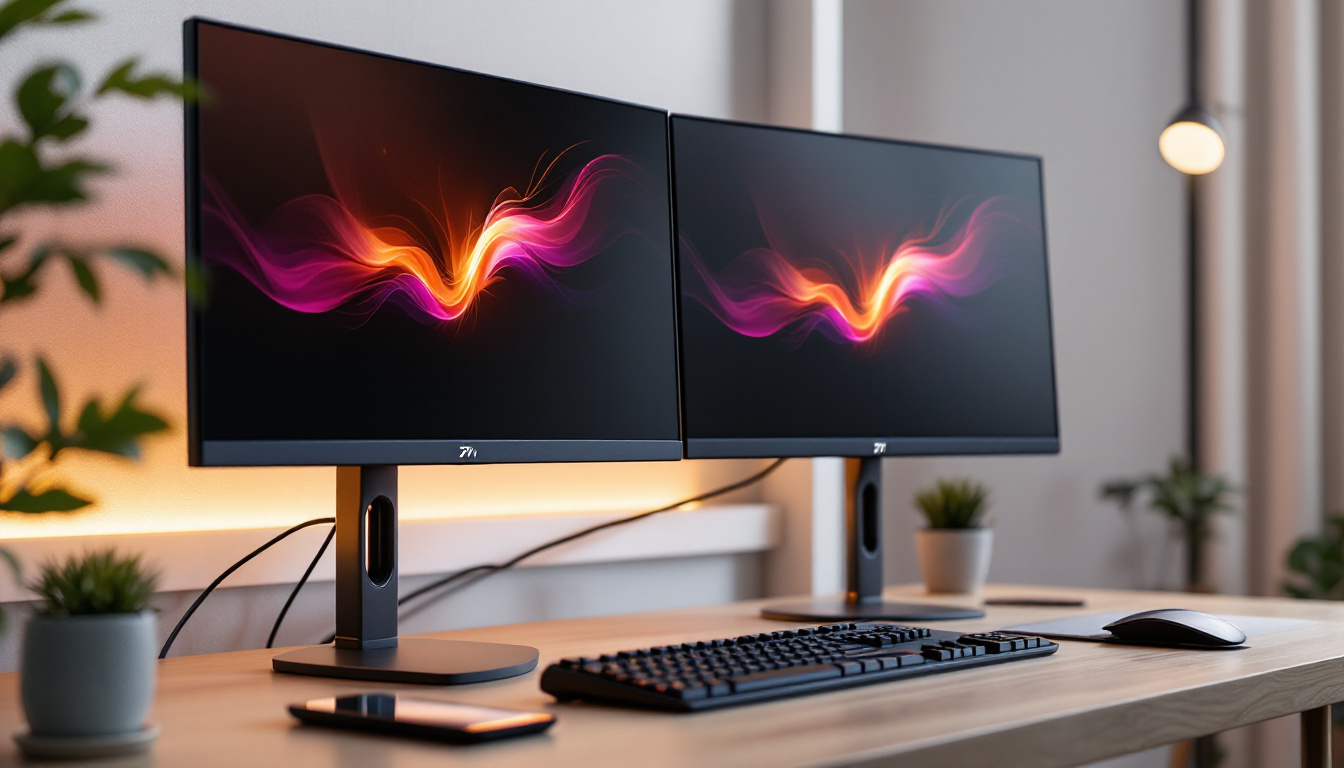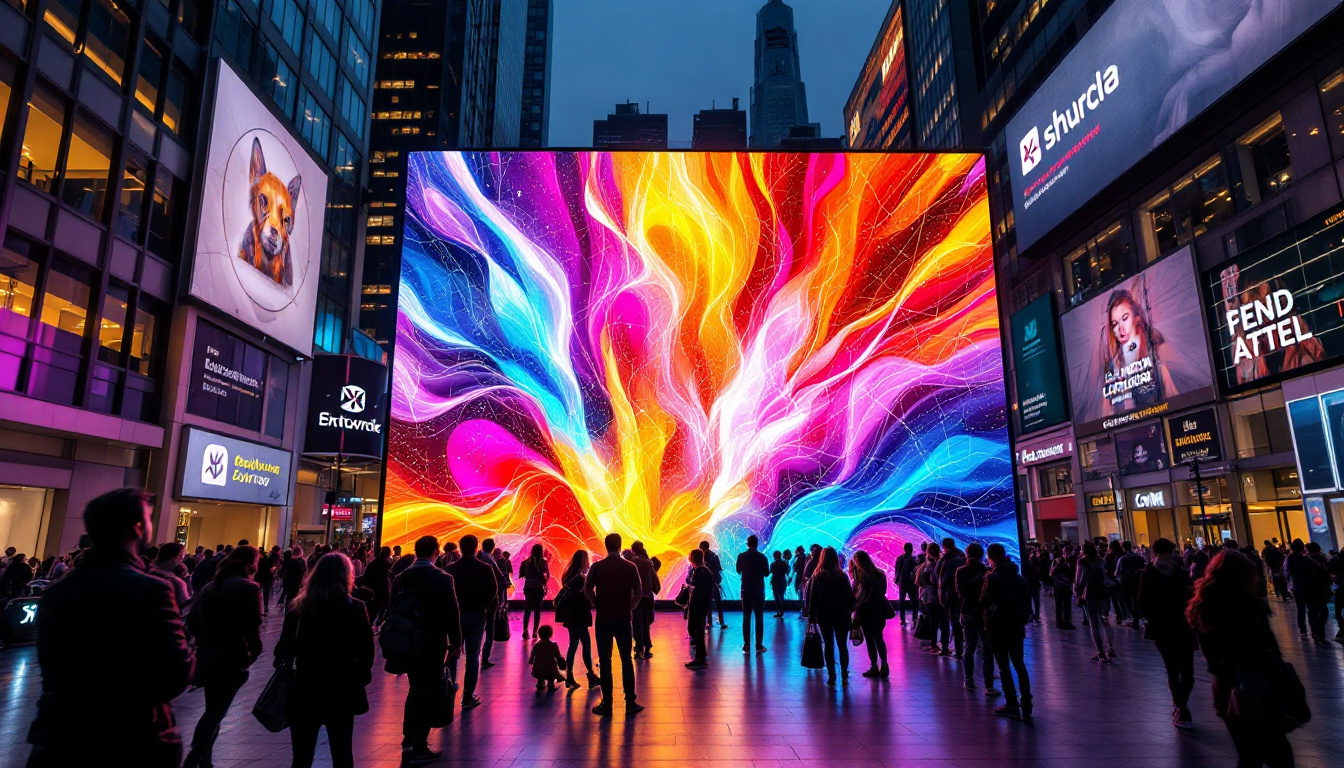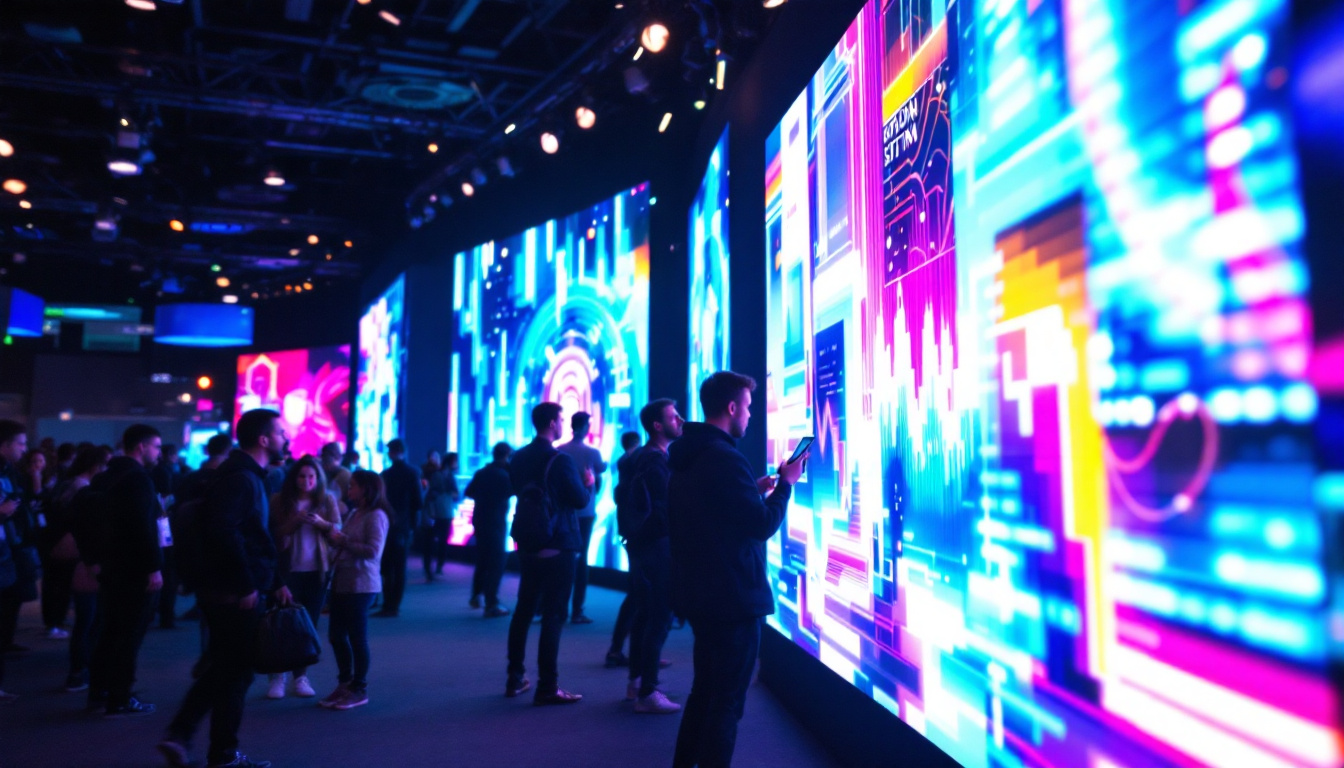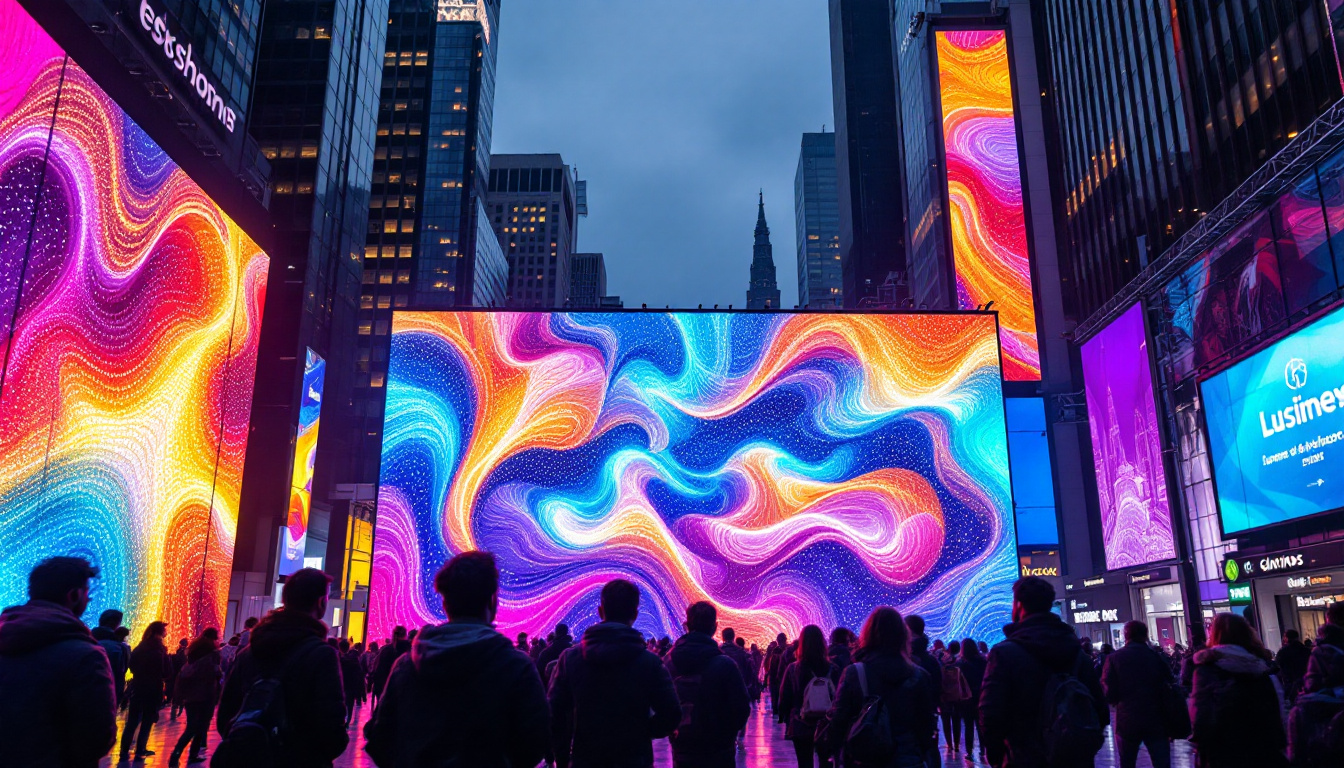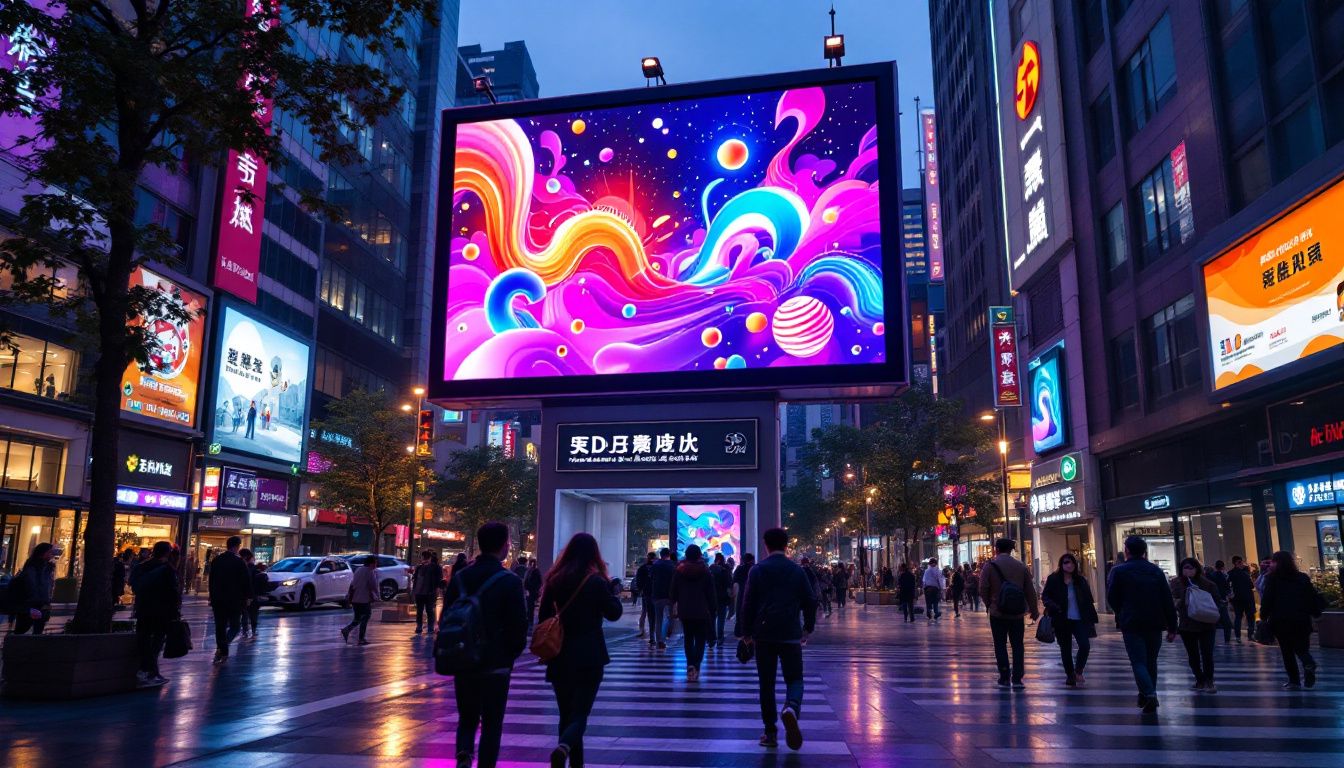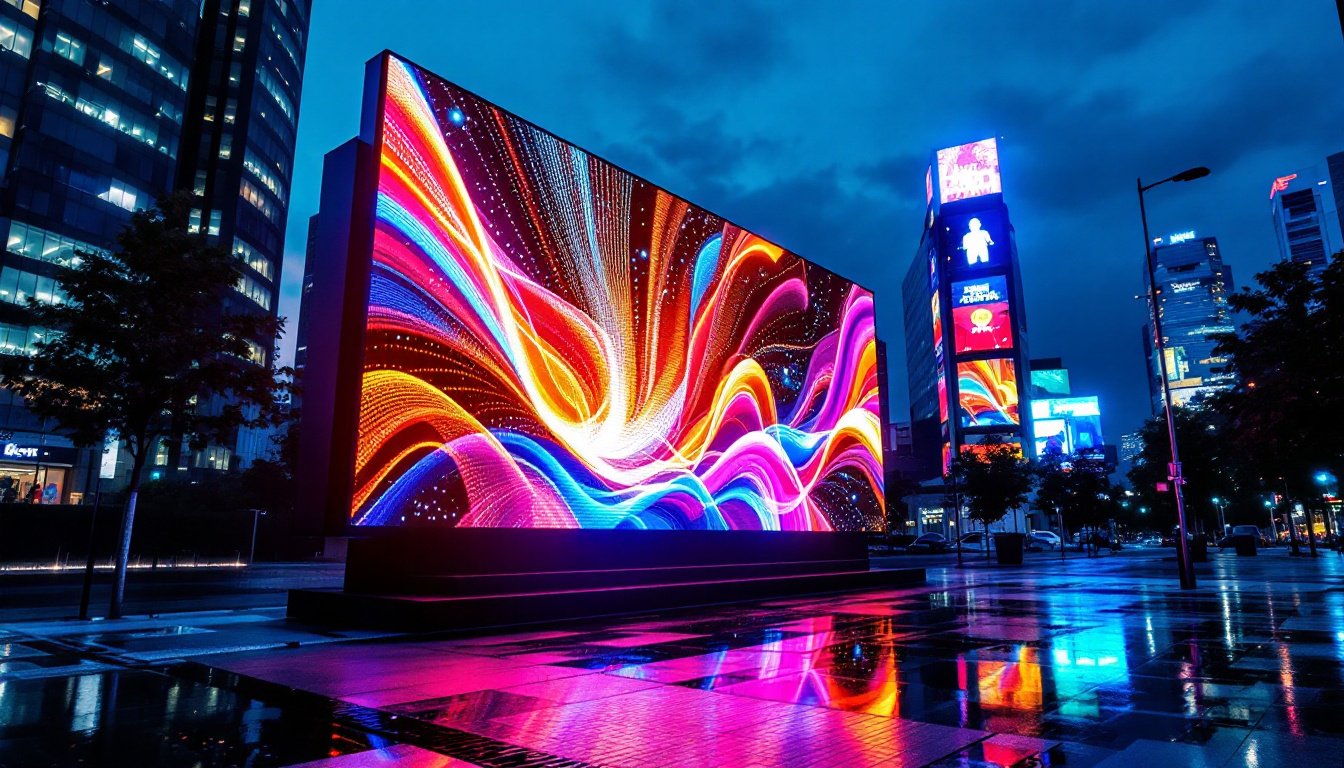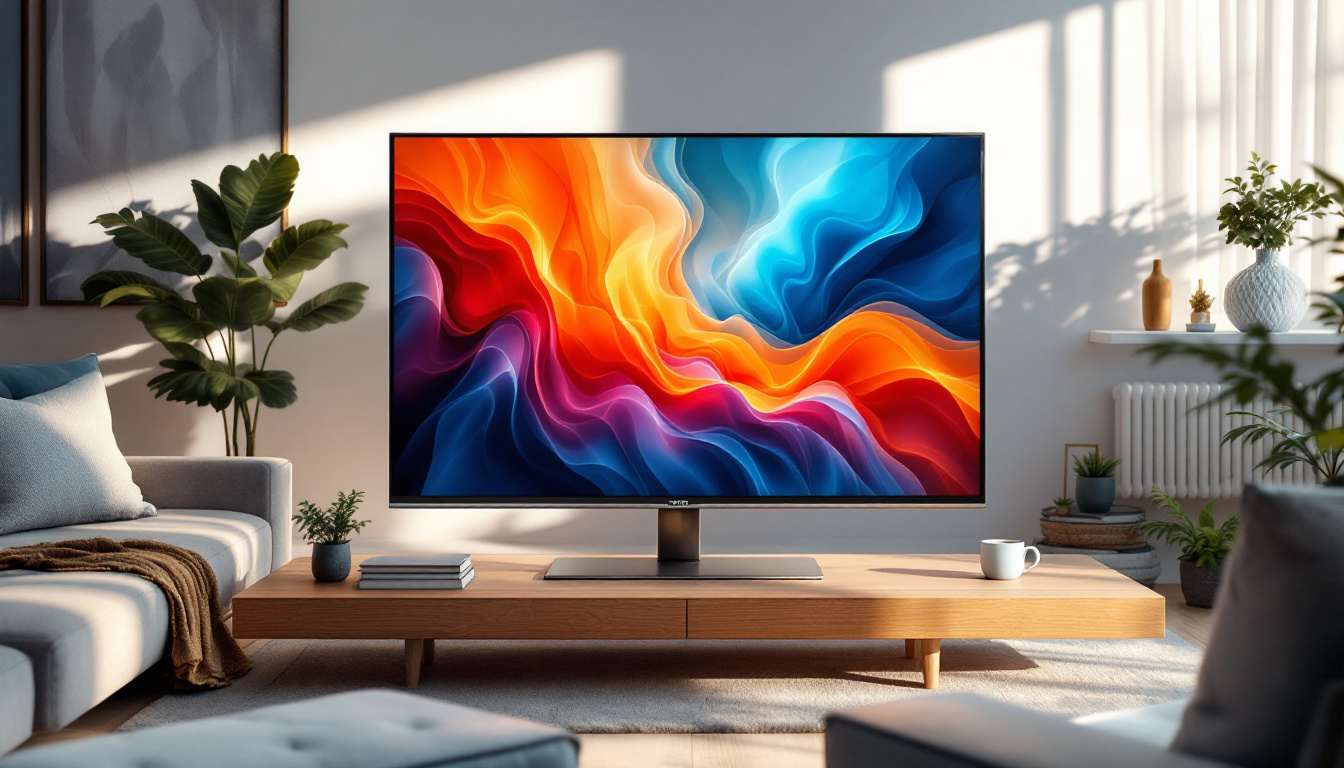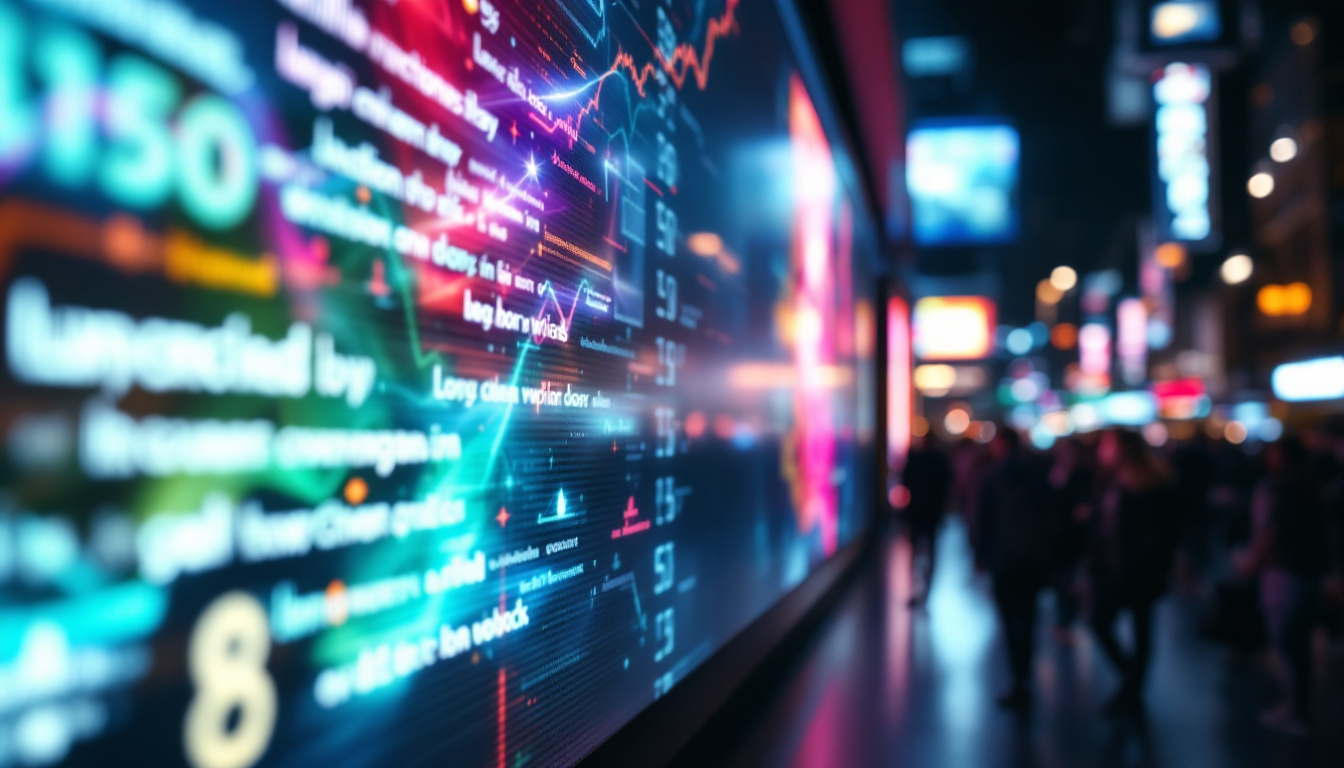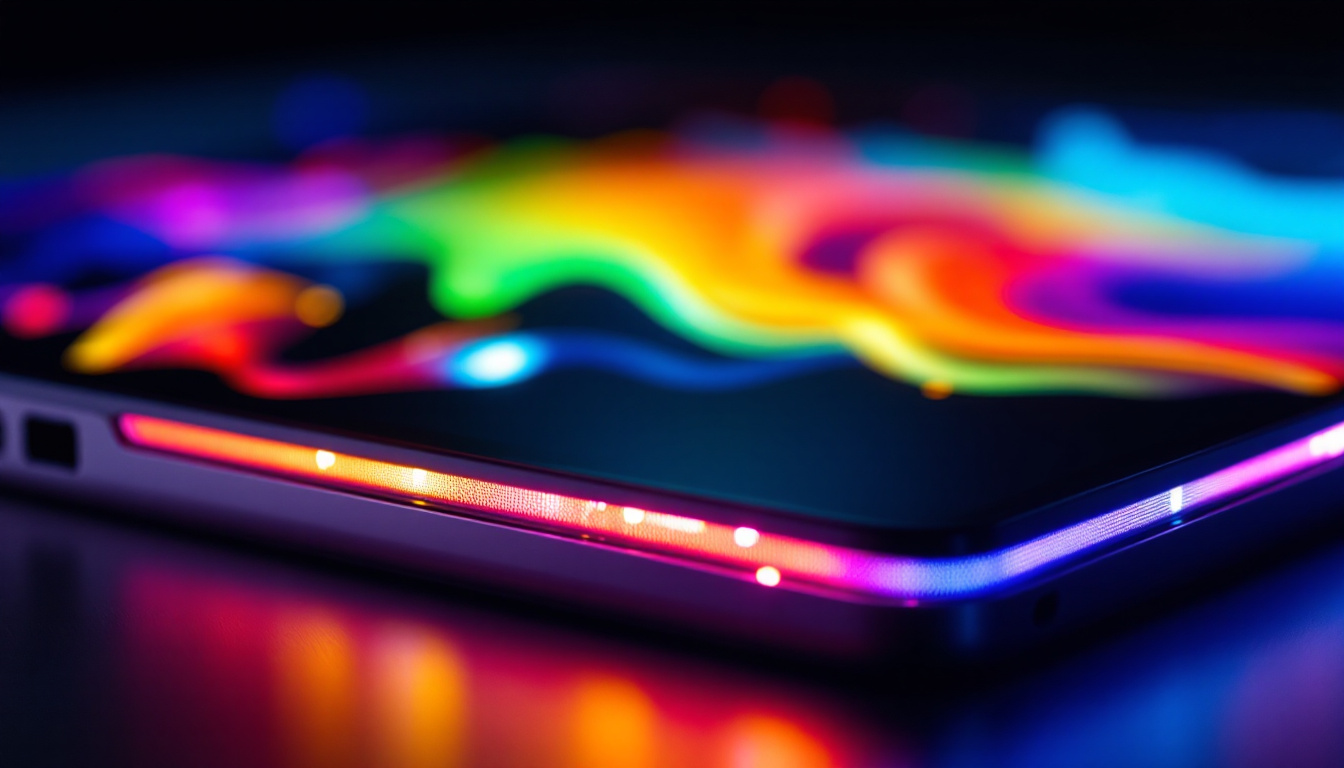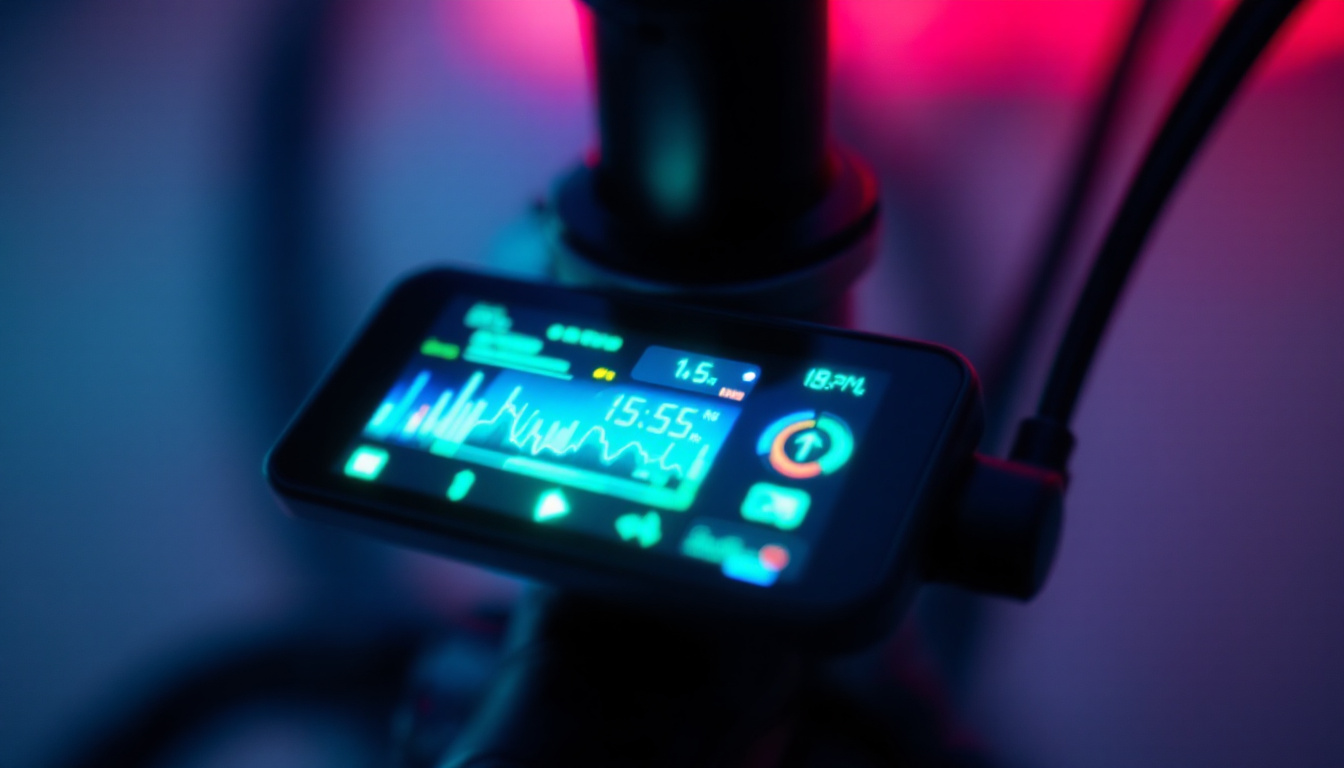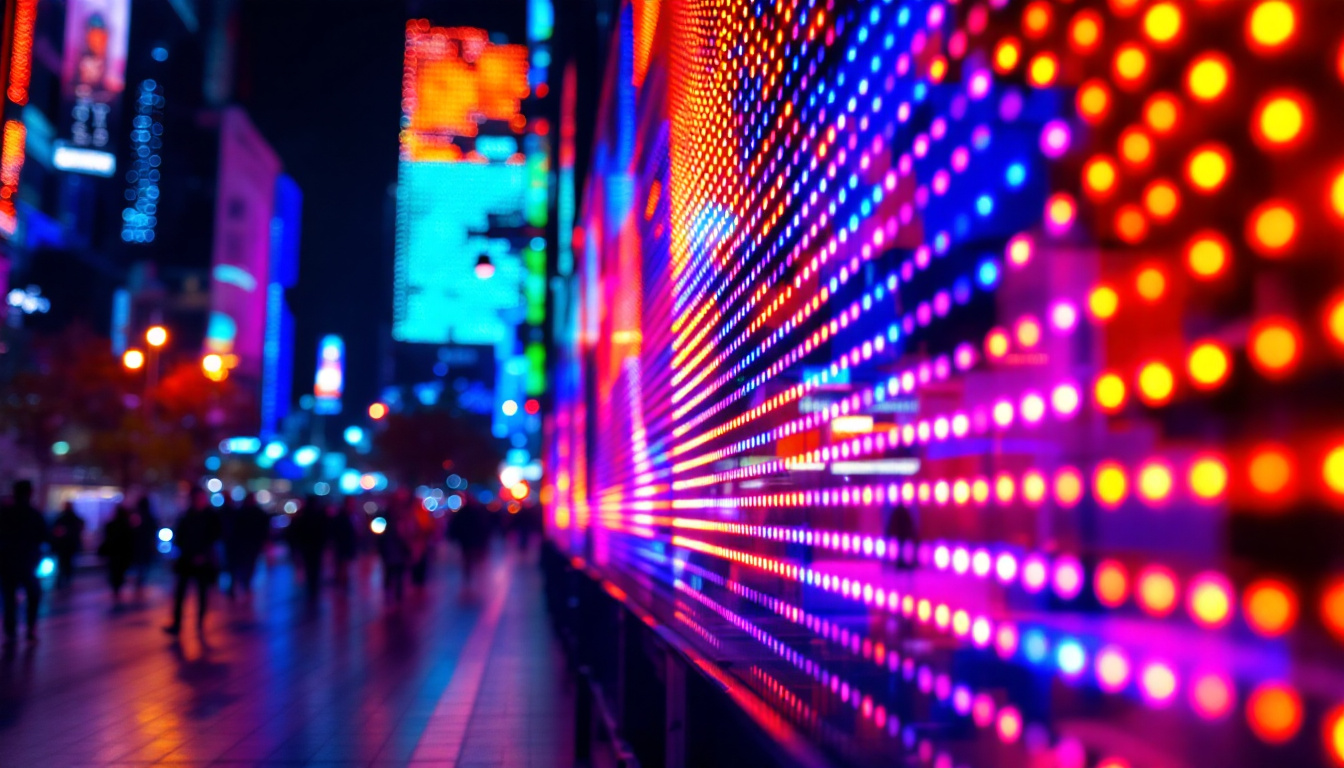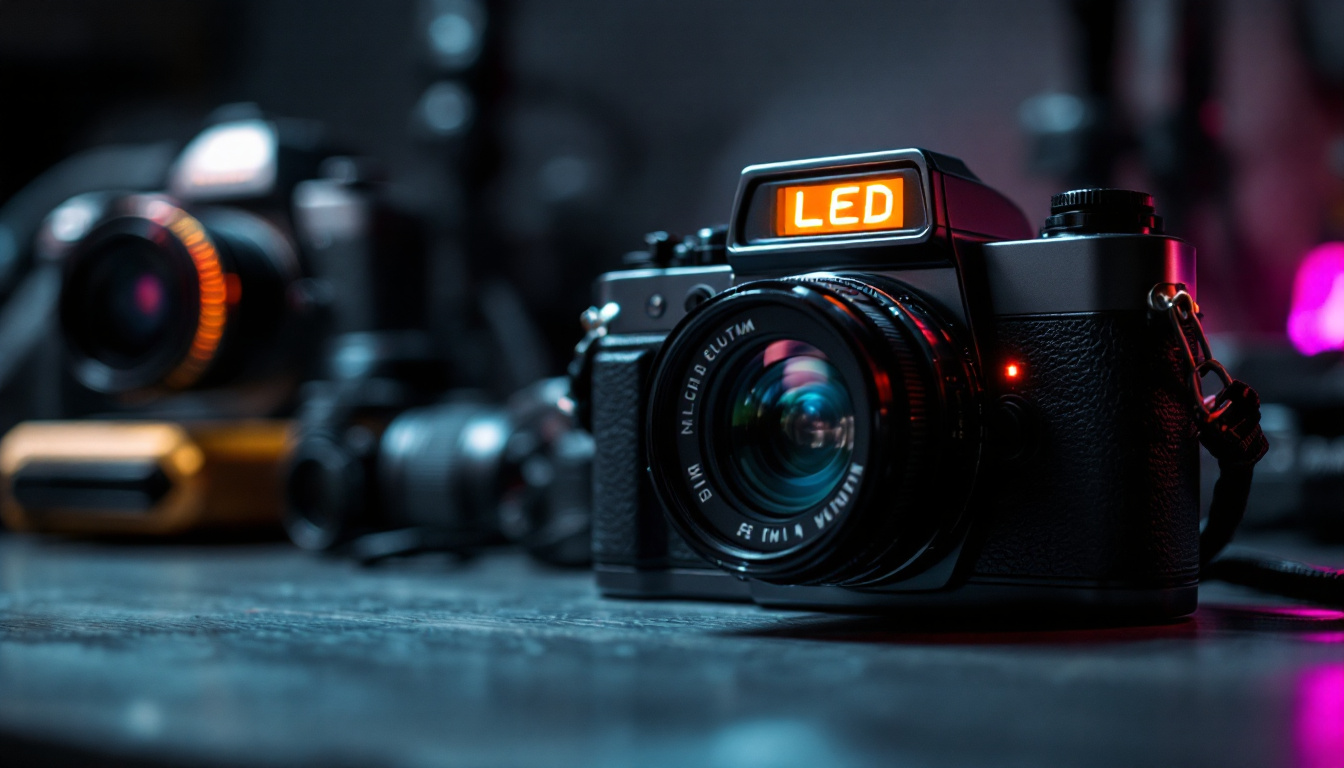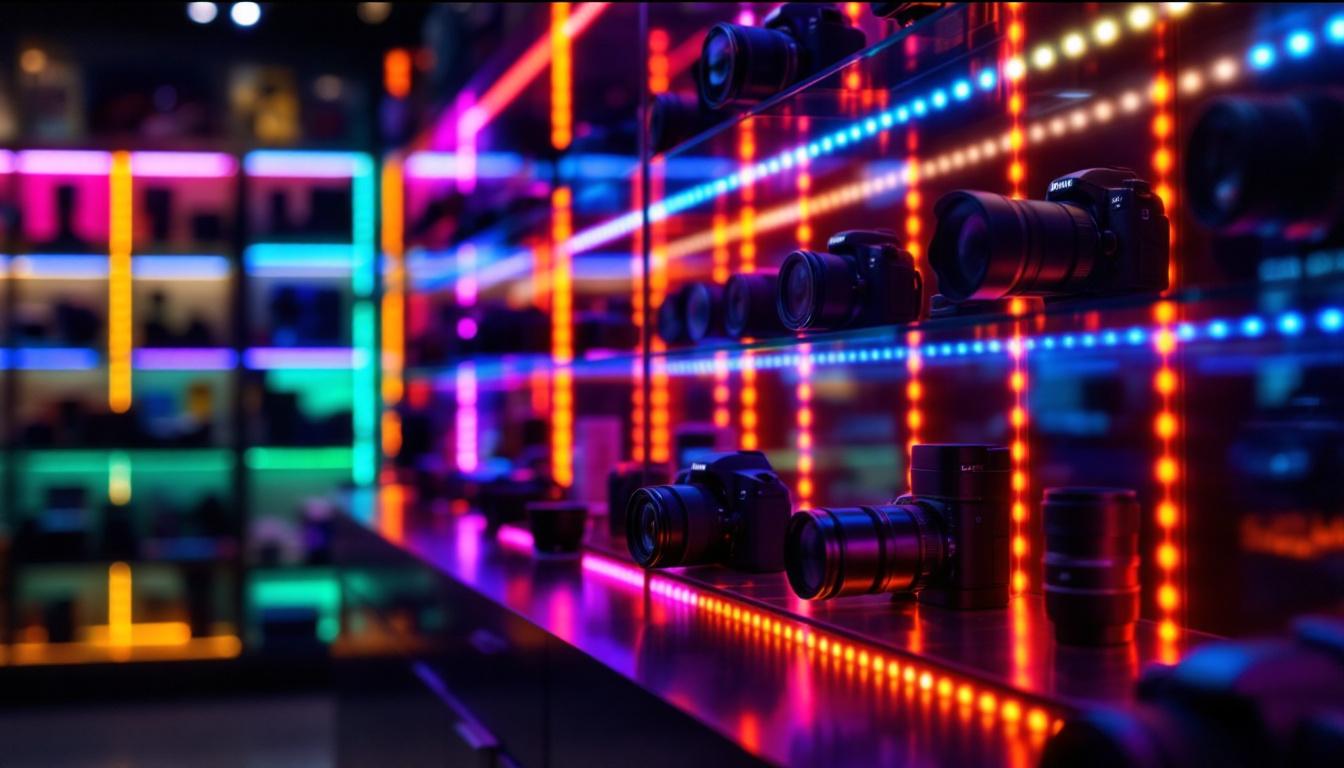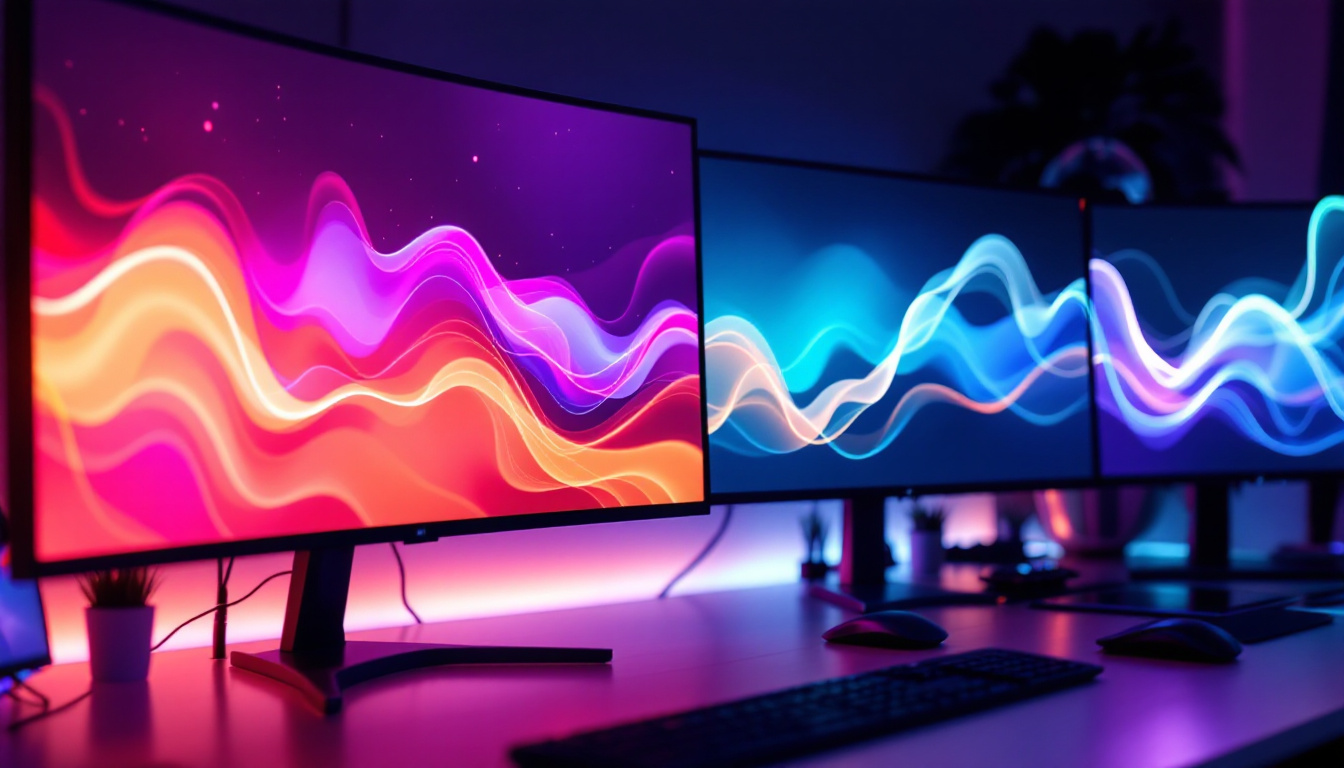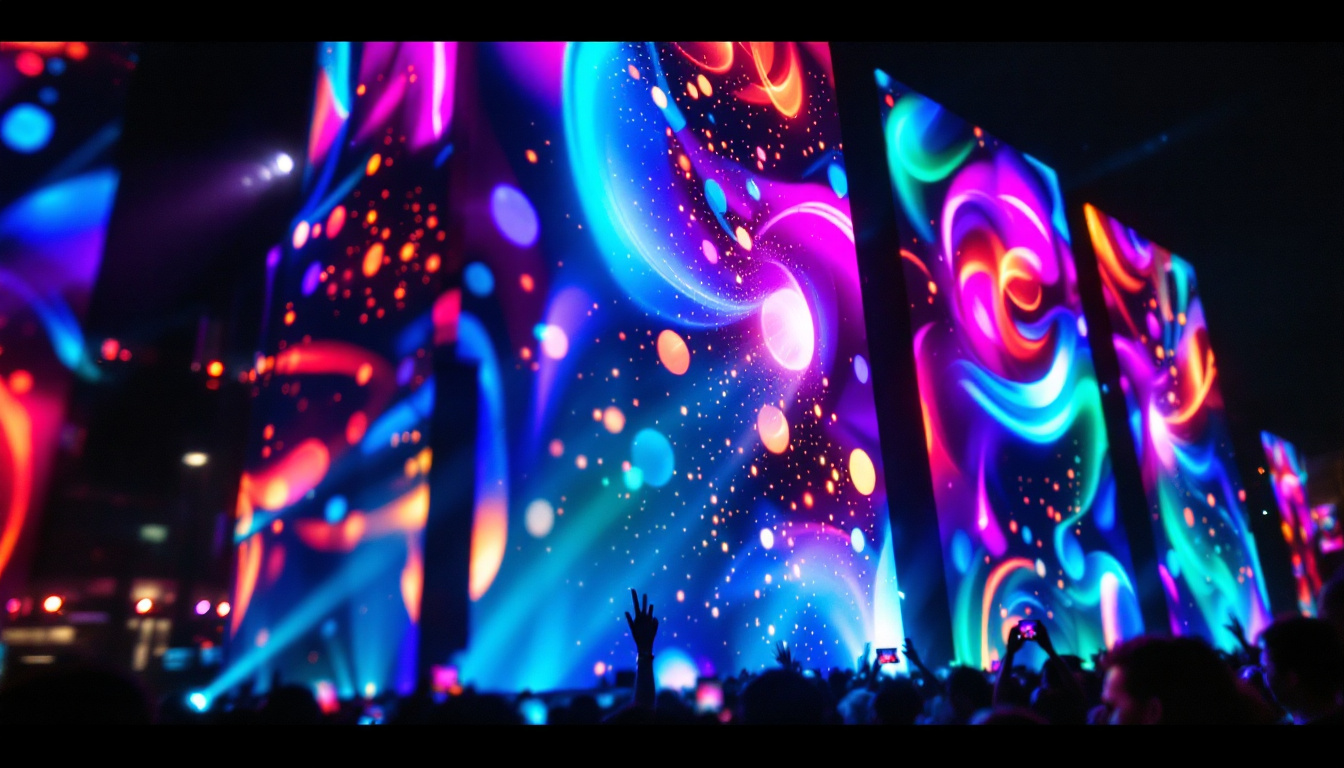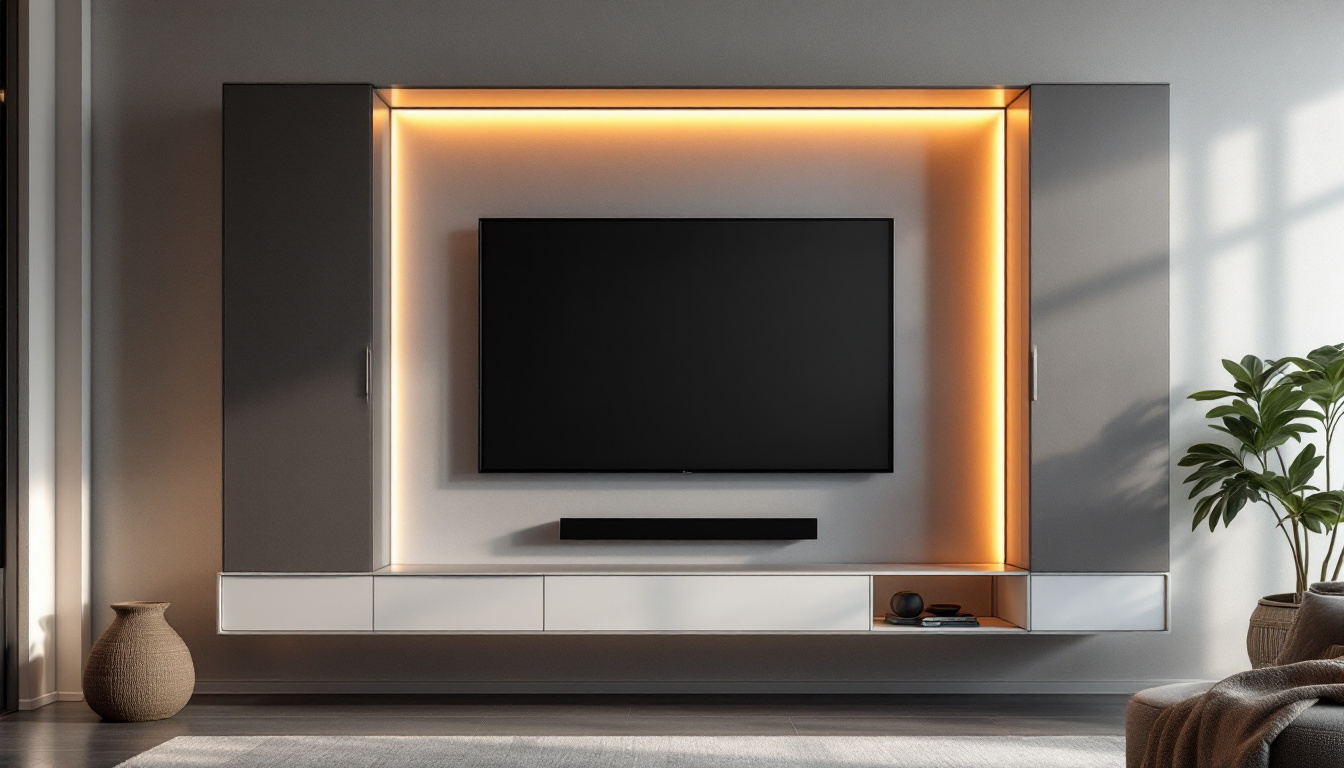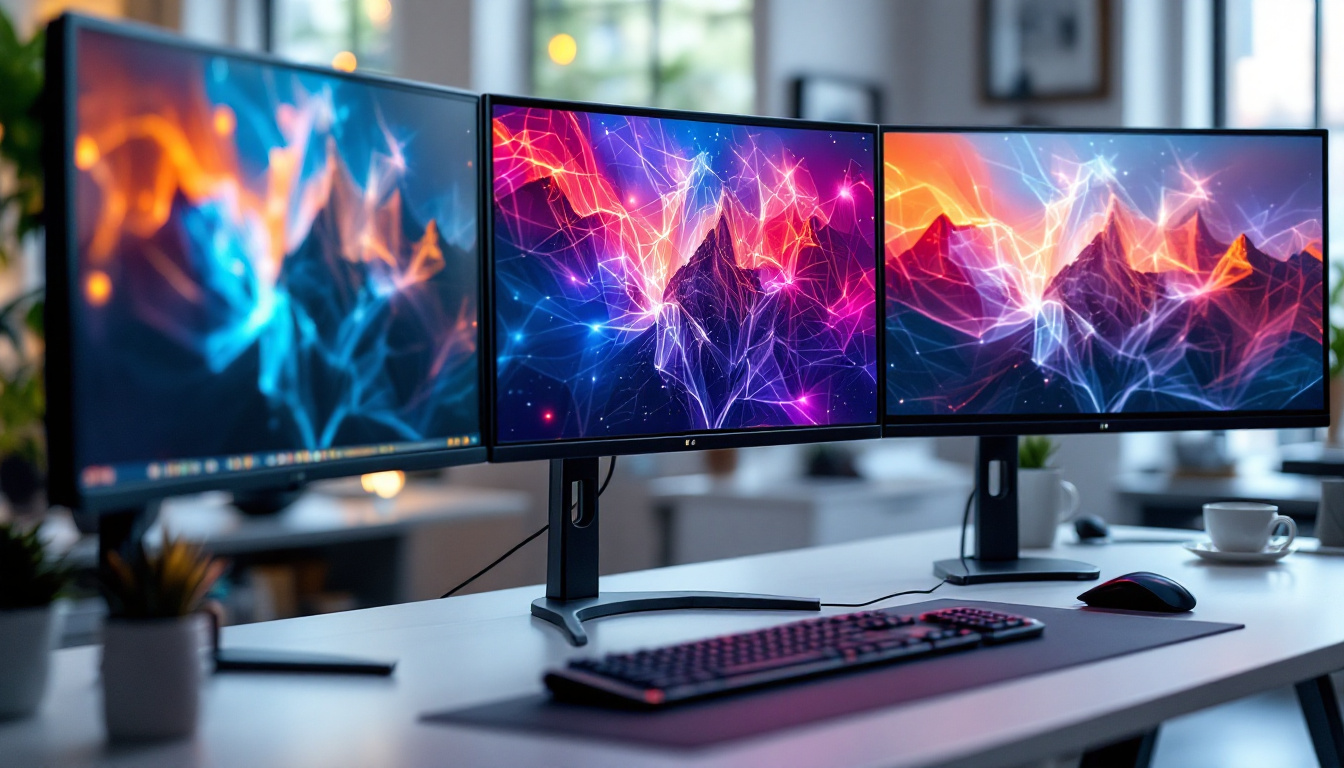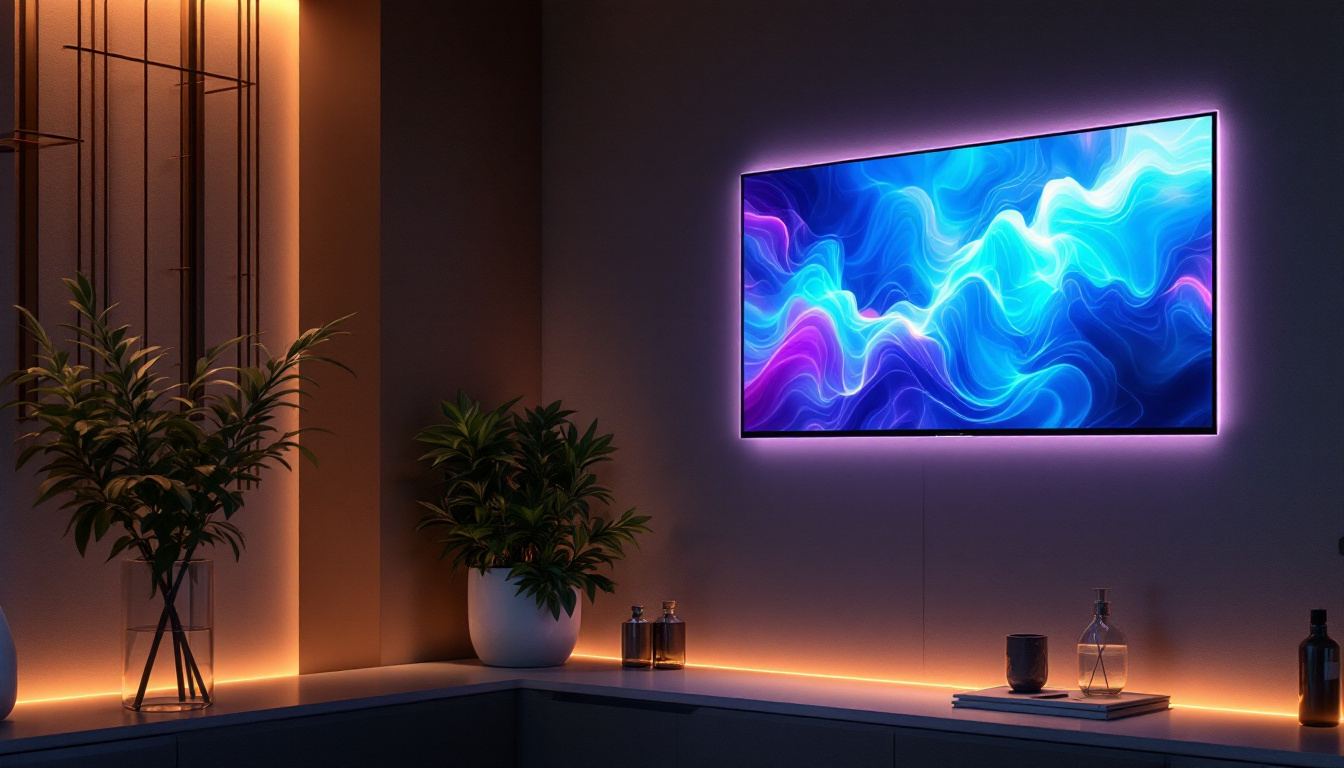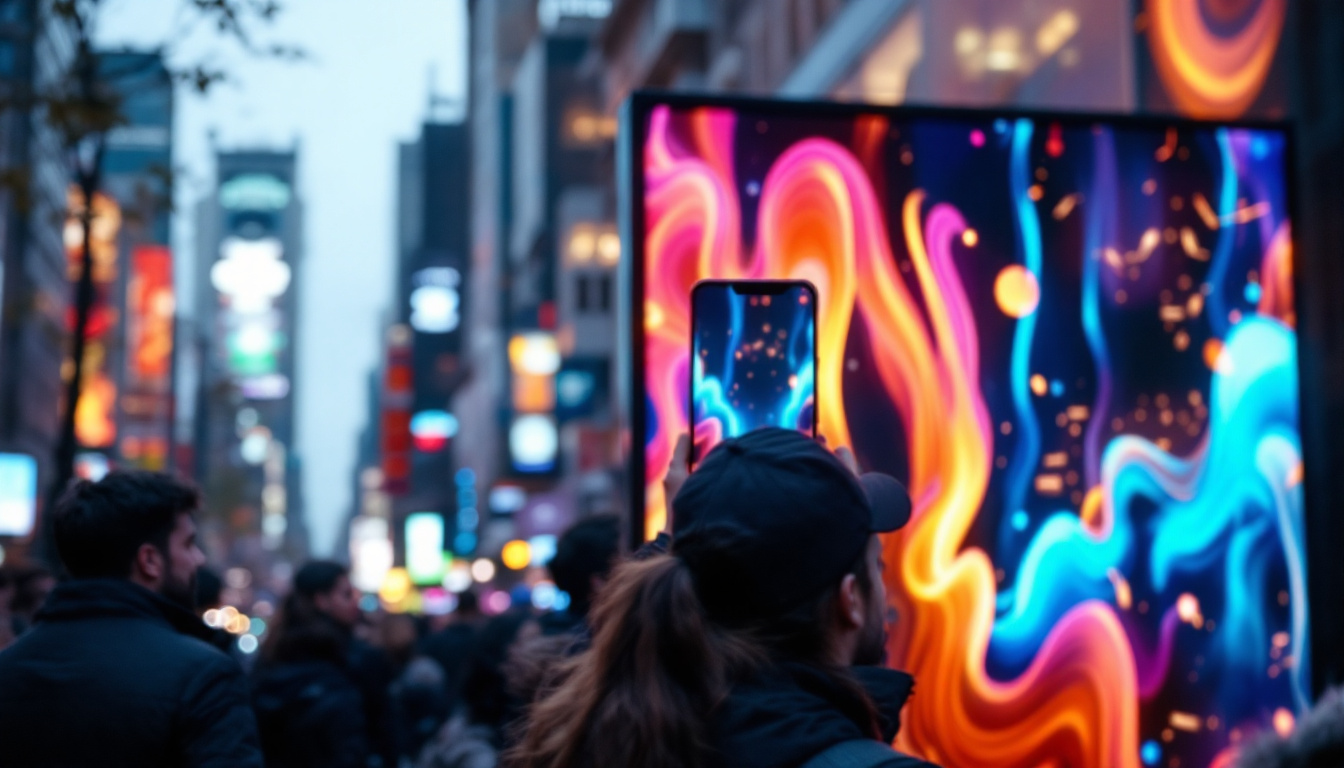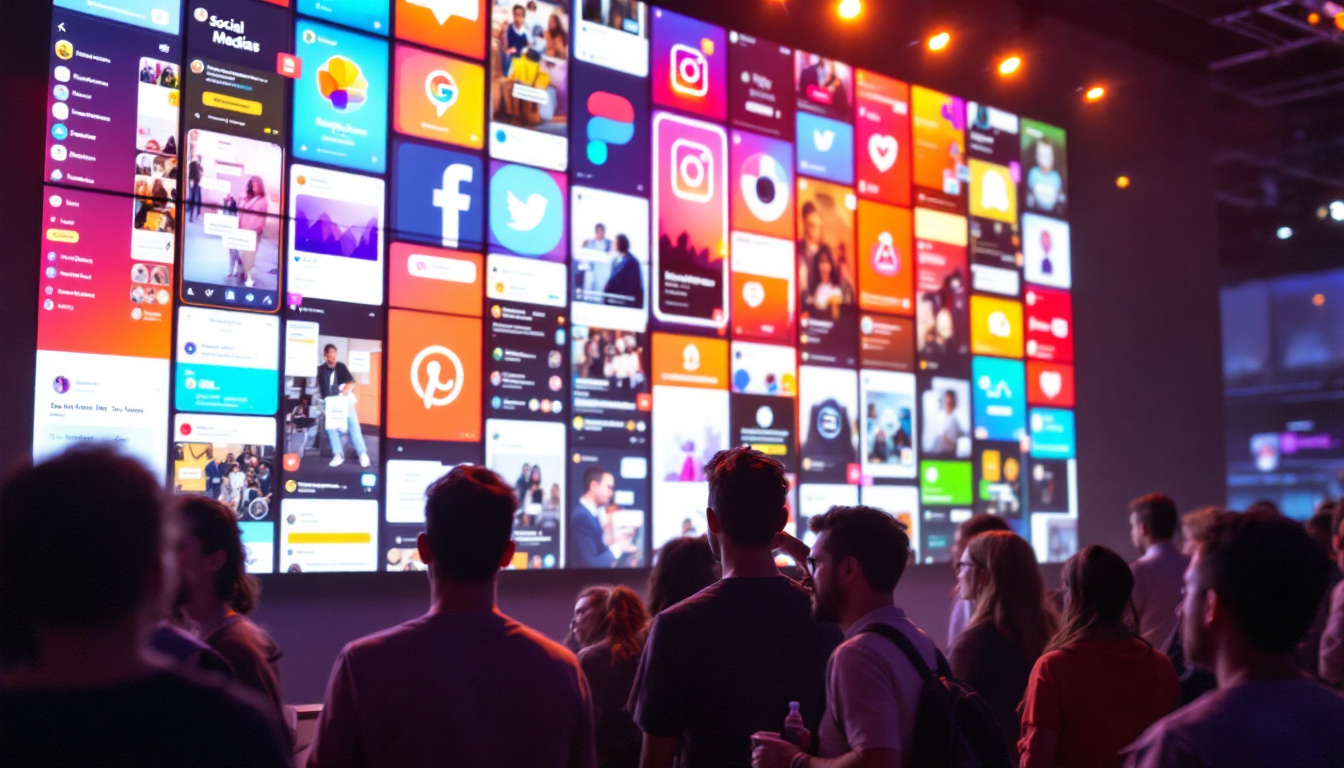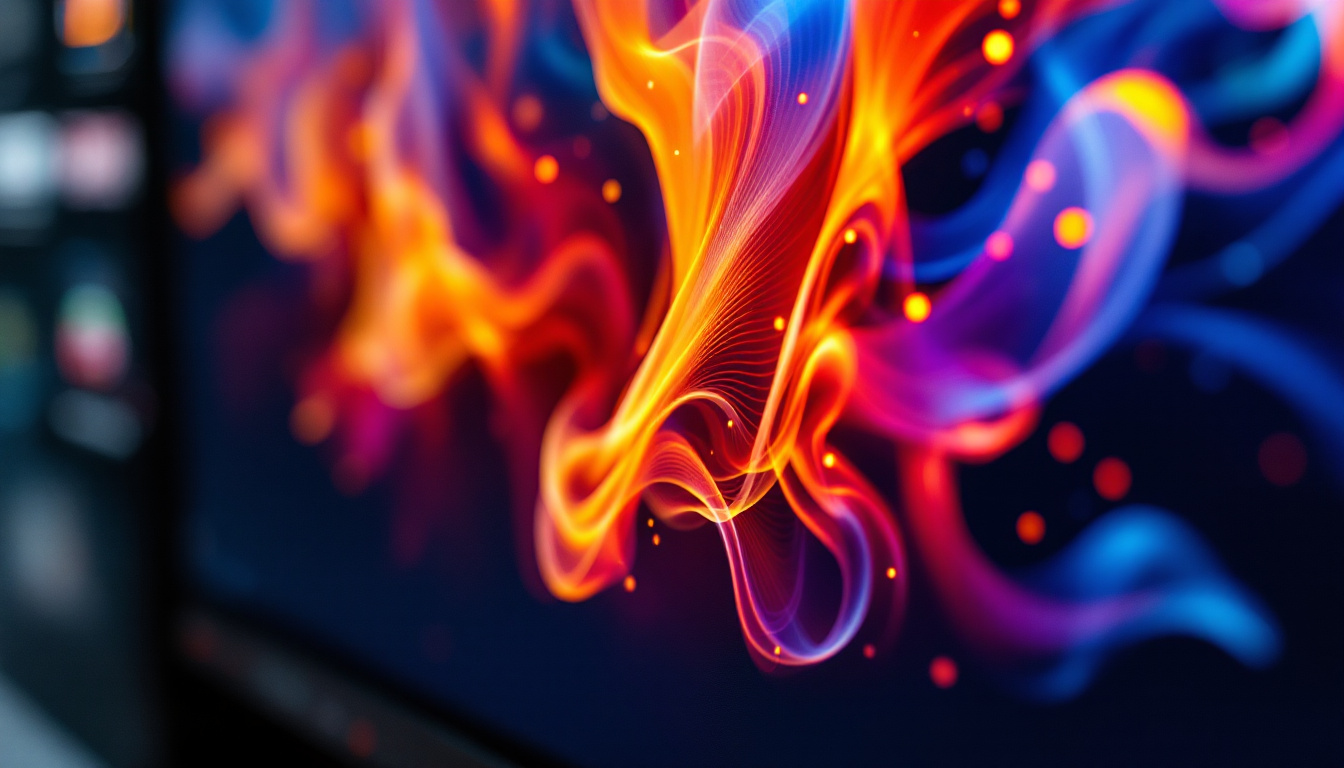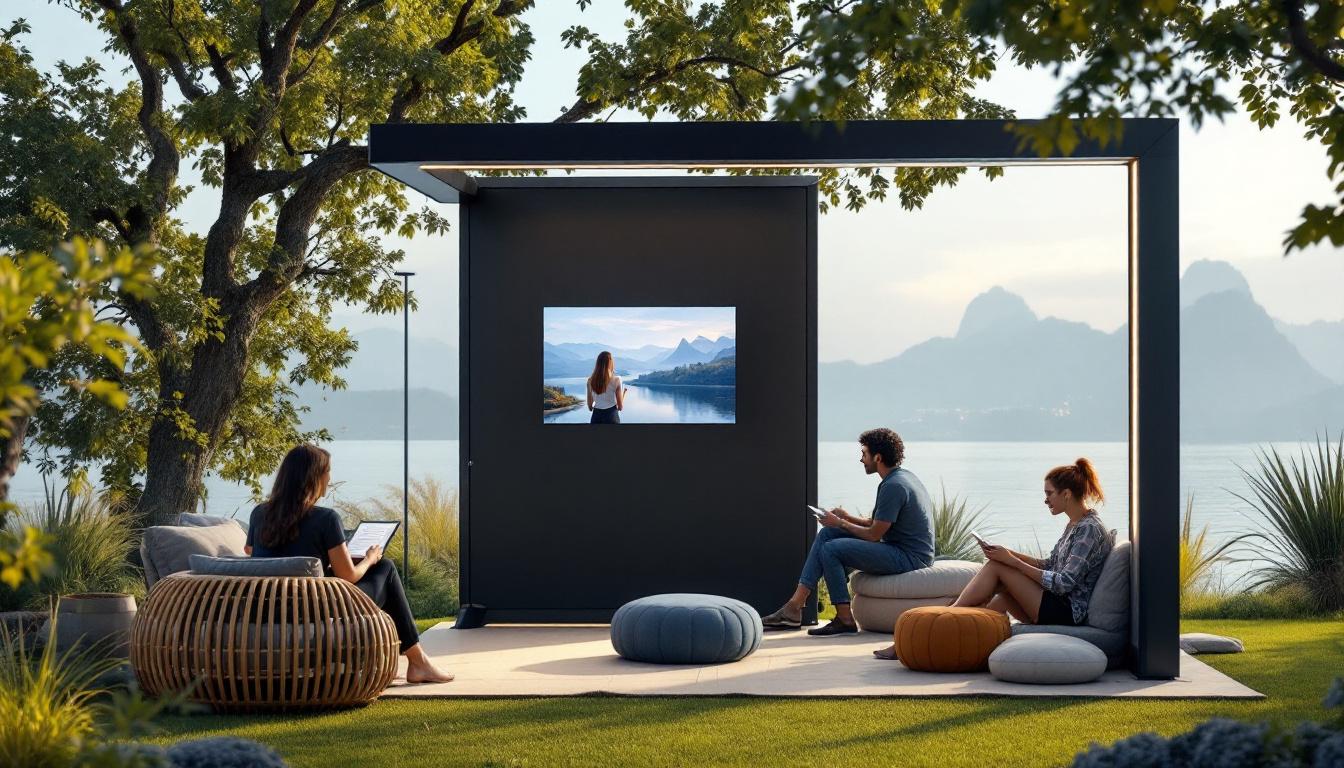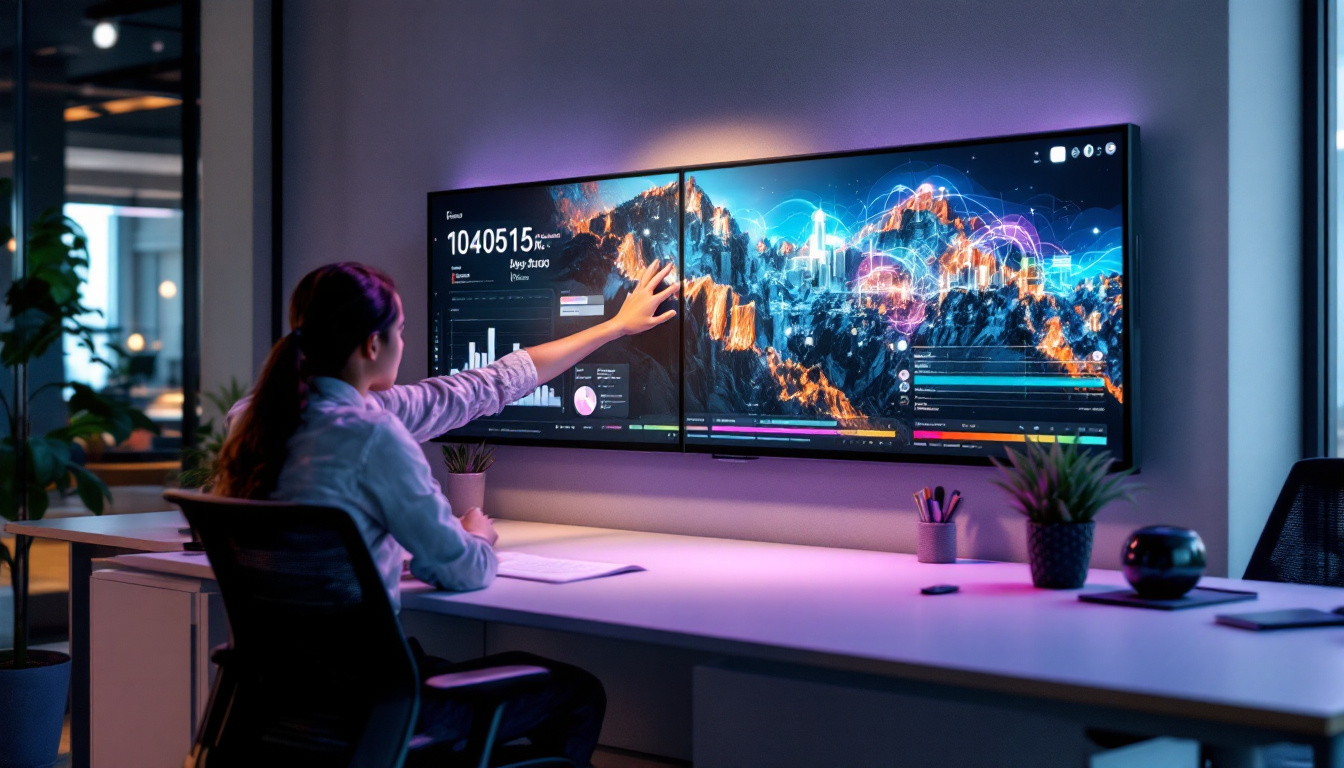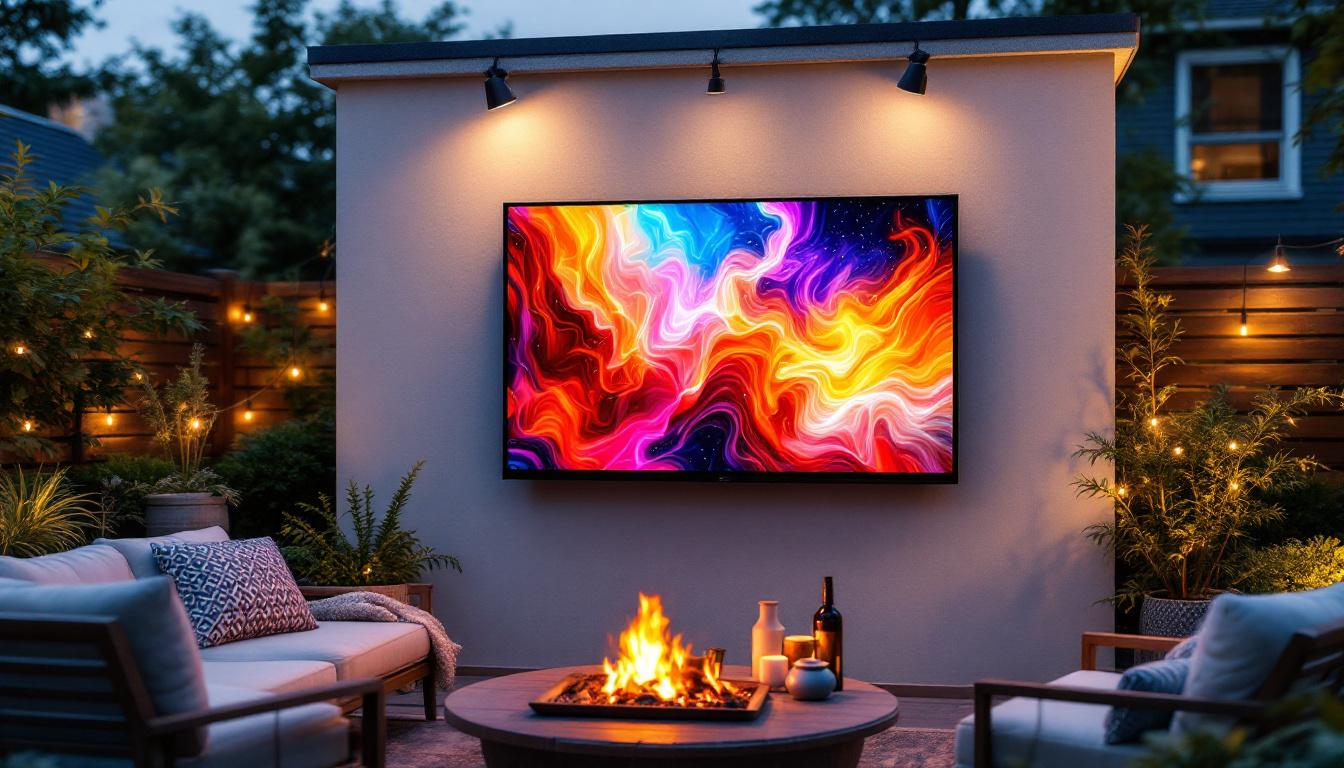Theatre has always been a captivating medium for storytelling, combining various elements to create an immersive experience. Among these elements, the use of technology has evolved dramatically, particularly with the introduction of LED displays. This article delves into the significance of LED displays in theatre design, exploring their applications, advantages, and the future of this innovative technology.
The Role of Technology in Theatre
Technology has played a pivotal role in transforming traditional theatre into a multi-dimensional experience. From sound engineering to lighting design, each component contributes to the overall atmosphere and storytelling. LED displays have emerged as a crucial element in this technological evolution, offering dynamic visual solutions that enhance the narrative.
Enhancing Visual Storytelling
Visual storytelling is at the heart of theatre, and LED displays provide a versatile canvas for directors and designers. Unlike traditional backdrops, LED screens can display high-resolution images, animations, and videos that can change in real-time, allowing for seamless transitions between scenes. This flexibility enables a richer narrative experience, immersing the audience in the story.
Moreover, the ability to project different environments on stage enhances the emotional impact of a performance. For instance, a single LED display can transform a simple set into a bustling cityscape, a serene forest, or even an abstract representation of a character’s inner thoughts. This versatility is invaluable in modern theatre, where the visual component is as critical as the dialogue. The integration of augmented reality (AR) further amplifies this effect, allowing audiences to experience layers of storytelling that were previously unimaginable. By overlaying digital elements onto the physical stage, AR can create an interactive experience that blurs the lines between reality and fiction, captivating viewers in unprecedented ways.
Interactivity and Audience Engagement
One of the most exciting aspects of LED technology in theatre is its potential for interactivity. With the integration of sensors and audience participation, performances can become more engaging. For example, audience members might influence the visuals displayed on stage through their actions or responses, creating a unique experience for each performance.
This level of interactivity not only captivates the audience but also encourages them to become active participants in the storytelling process. As a result, theatre becomes a shared experience, fostering a deeper connection between the performers and the audience. Additionally, the use of mobile applications can further enhance this engagement, allowing viewers to vote on plot directions, access behind-the-scenes content, or even interact with characters through their devices. This fusion of technology and theatre not only revitalizes traditional narratives but also attracts a younger demographic, who are increasingly drawn to immersive experiences that blend entertainment with technology. As theatre continues to evolve, the possibilities for innovative storytelling and audience interaction are boundless, paving the way for a new era of performance art.
Advantages of LED Displays in Theatre
LED displays offer numerous advantages that make them an attractive choice for theatre productions. Their unique properties contribute to enhanced performance quality and audience experience.
High Brightness and Clarity
One of the standout features of LED displays is their ability to produce high brightness levels and exceptional clarity. This is particularly important in theatre settings, where lighting conditions can vary significantly. LED screens remain visible even under bright stage lights, ensuring that the visuals are always clear and impactful.
Additionally, the high resolution of modern LED displays allows for intricate details to be showcased, enhancing the overall aesthetic of the production. This clarity is essential for conveying subtle emotions and themes that might be lost with traditional projection methods. The vivid colors and sharp contrasts offered by LED technology can evoke strong emotional responses from the audience, making every scene more engaging and memorable.
Energy Efficiency and Longevity
In an era where sustainability is a growing concern, LED technology stands out for its energy efficiency. LED displays consume significantly less power compared to traditional lighting and projection systems, making them a more environmentally friendly option. This reduced energy consumption not only lowers operating costs but also aligns with the growing push for sustainable practices in the arts.
Moreover, LED displays have a longer lifespan than traditional lighting options, which means less frequent replacements and reduced waste. This longevity is beneficial for theatre companies looking to invest in technology that will serve them well over time. The durability of LED displays also means they can withstand the rigors of frequent use, making them a reliable choice for touring productions that require robust equipment capable of handling various environments.
Versatility in Design
The versatility of LED displays extends beyond their visual capabilities. They can be configured in various shapes and sizes, allowing for creative freedom in stage design. Whether it’s a massive wall of screens or smaller panels integrated into the set, LED displays can be tailored to fit the specific needs of a production.
This adaptability means that designers can experiment with different layouts and configurations, pushing the boundaries of traditional stage design. The result is a more dynamic and visually stimulating environment that captivates audiences from start to finish. Furthermore, the ability to seamlessly blend LED displays with other stage elements—such as live video feeds, animations, and interactive content—opens up new avenues for storytelling. This integration fosters a more immersive experience, allowing the audience to feel as though they are part of the narrative, rather than just passive observers.
Challenges of Implementing LED Displays
Despite the many advantages, the integration of LED displays in theatre is not without its challenges. Understanding these obstacles is crucial for theatre companies considering this technology.
Cost Considerations
One of the primary challenges of implementing LED displays is the initial cost. High-quality LED screens can be expensive, and the investment may be daunting for smaller theatre companies or productions with tight budgets. However, it’s essential to consider the long-term benefits and potential return on investment that comes with enhanced audience engagement and production quality.
Additionally, as technology continues to advance, prices for LED displays are gradually decreasing, making them more accessible to a broader range of productions. Theatre companies must weigh the upfront costs against the potential for increased ticket sales and audience satisfaction. Furthermore, the versatility of LED displays allows for dynamic set designs that can be altered for different performances, potentially reducing the need for physical set changes and storage costs over time. This adaptability can lead to more creative storytelling and a unique experience for each audience, which can be a significant draw for repeat visitors.
Technical Expertise
Another challenge is the need for technical expertise in operating and maintaining LED displays. Unlike traditional stage elements, LED technology requires specialized knowledge for setup, programming, and troubleshooting. This can necessitate hiring additional staff or training existing team members, which may not always be feasible.
To address this challenge, theatre companies can consider partnerships with technology providers or invest in training programs to build in-house expertise. By fostering a culture of learning and adaptation, theatres can better navigate the complexities of modern technology. Moreover, engaging with local educational institutions or tech schools can provide a pipeline of skilled workers who are eager to gain hands-on experience in the arts. This collaboration not only enhances the technical capabilities of the theatre but also enriches the community by bridging the gap between technology and the performing arts, creating a more innovative and resourceful environment for future productions.
Future Trends in LED Technology for Theatre
The future of LED displays in theatre looks promising, with ongoing advancements that are likely to shape the industry in exciting ways. Understanding these trends can help theatre companies stay ahead of the curve and continue to innovate.
Increased Resolution and Flexibility
As technology progresses, the resolution of LED displays continues to improve. Future displays are expected to offer even higher pixel densities, resulting in sharper images and more detailed visuals. This increased resolution will allow for more intricate designs and storytelling techniques, further blurring the lines between reality and performance.
Moreover, the flexibility of LED technology is likely to expand, with innovations such as flexible LED panels that can be curved or shaped to fit unique stage designs. This adaptability will enable designers to create immersive environments that fully engage the audience.
Integration with Augmented and Virtual Reality
The integration of LED displays with augmented reality (AR) and virtual reality (VR) technologies is another trend to watch. These technologies can enhance the theatrical experience by overlaying digital elements onto live performances, creating a multi-layered narrative that captivates audiences.
For instance, AR could allow audience members to view additional content through their smartphones or AR glasses, enriching their understanding of the story. Meanwhile, VR could transport viewers into entirely new worlds, offering a unique perspective on the performance. The potential for creative storytelling is limitless.
Smart Technology and Automation
As smart technology continues to advance, the integration of automation into theatre productions is becoming more prevalent. LED displays can be programmed to respond to various cues, such as sound or lighting changes, creating a more synchronized and dynamic performance.
This level of automation not only enhances the visual experience but also allows for greater precision in timing and execution. As theatre companies embrace smart technology, the potential for innovative storytelling will expand, offering audiences a truly unforgettable experience.
Conclusion
LED displays have revolutionized the design elements of theatre, offering unparalleled opportunities for visual storytelling, audience engagement, and creative expression. While challenges remain in terms of cost and technical expertise, the benefits of incorporating LED technology into productions are significant.
As the industry continues to evolve, staying informed about the latest trends and advancements in LED technology will be crucial for theatre companies aiming to captivate audiences and push the boundaries of traditional performance. Embracing this technology not only enhances the theatrical experience but also ensures that theatre remains a vibrant and relevant art form in the digital age.
Illuminate Your Theatre with LumenMatrix
Ready to elevate your theatre productions with the cutting-edge LED display technology discussed in this article? LumenMatrix is at the forefront of this revolution, offering a wide array of LED display solutions that can transform any performance into a breathtaking visual experience. From Indoor and Outdoor LED Walls to innovative Transparent Displays, our products are designed to captivate your audience and bring your creative vision to life. Don’t let your theatre fall behind in the digital age. Check out LumenMatrix LED Display Solutions today and step into the future of theatrical design.

